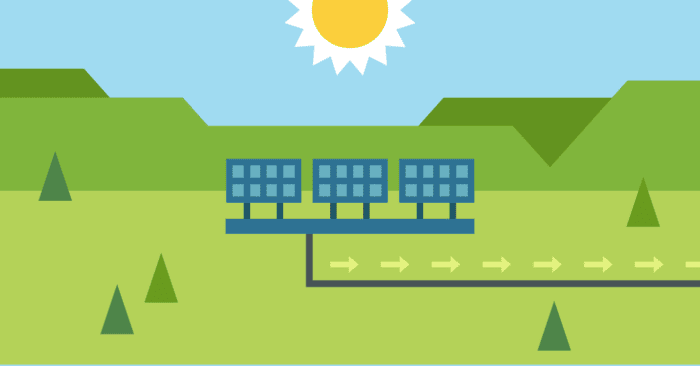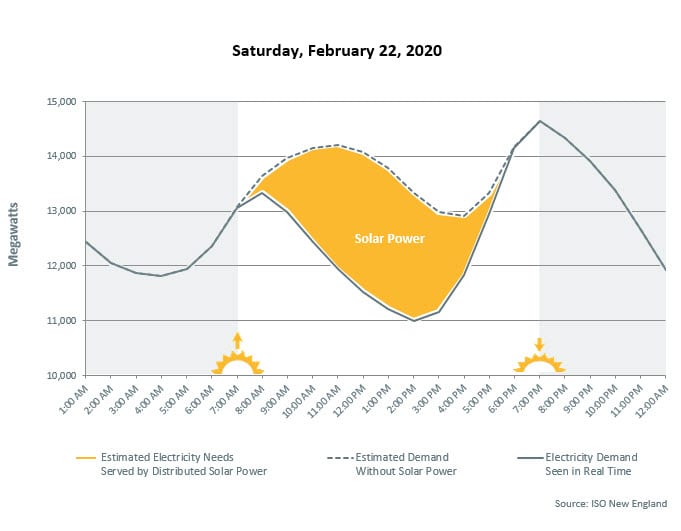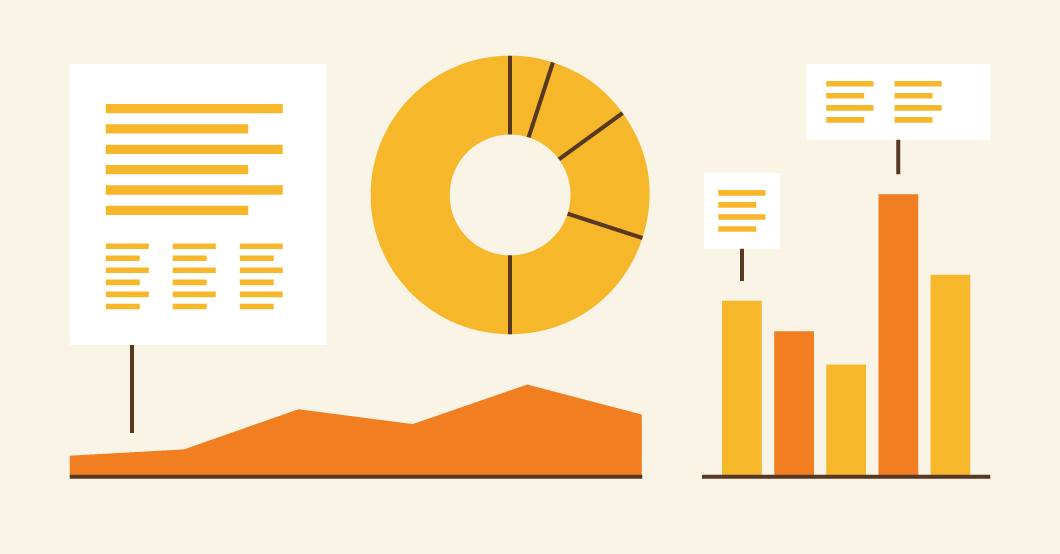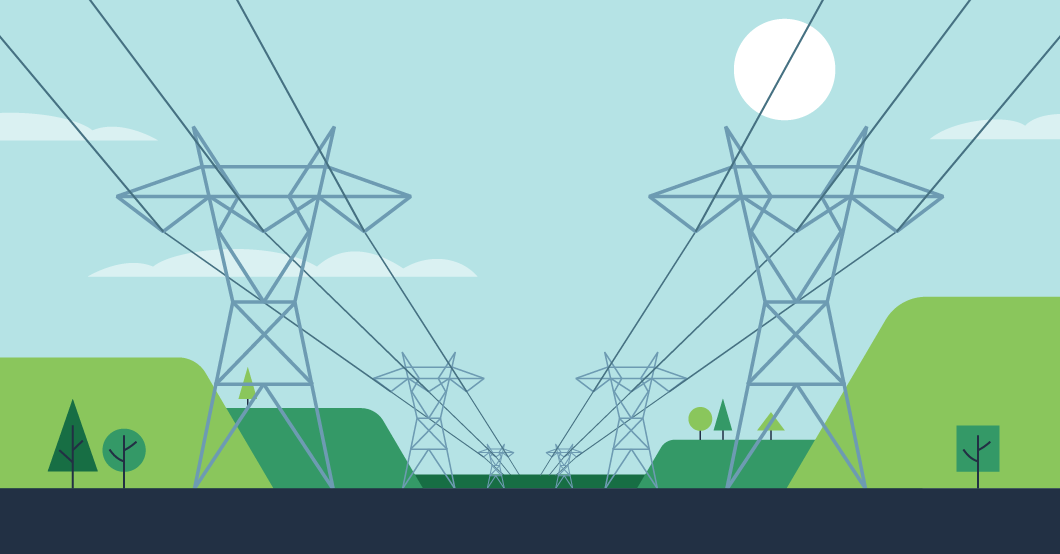Quack! Quack! New England sees back-to-back afternoon demand lows

 Mild temperatures and sunny skies led New Englanders to draw less power from the bulk power system during the afternoon hours than overnight on back-to-back days this past weekend, Feb. 22 and 23, 2020.
Mild temperatures and sunny skies led New Englanders to draw less power from the bulk power system during the afternoon hours than overnight on back-to-back days this past weekend, Feb. 22 and 23, 2020.
Almost all of 3,400 megawatts (MW) (nameplate) of solar power located in the region is generated locally or installed directly on site at retail customers’ homes or businesses, so less electricity is used from the regional power system when sunny conditions prevail. (As the grid operator, ISO New England experiences distributed solar power as a reduction in grid demand.) The mid-day drop in grid demand, followed by a steep evening increase, is known as the duck curve.
When conditions are just right, as they were this past weekend, grid demand in the afternoon hours is actually lower than overnight, historically, the lowest period of demand. The impact of solar power on mid-day grid demand can be seen in the below charts.


Since happening for the first time on April 21, 2018, New England has seen six other such days, including this weekend. Afternoon demand also dipped below overnight demand on Feb. 15, 2020.
“While still rare, these days are becoming more common,” said Peter Brandien, the ISO’s vice president of system operations and market administration. “As more behind-the-meter solar is installed in the region, we expect this trend to continue.”
- Categories
- Inside ISO New England
- Tags
- renewable resources, solar, system operations



